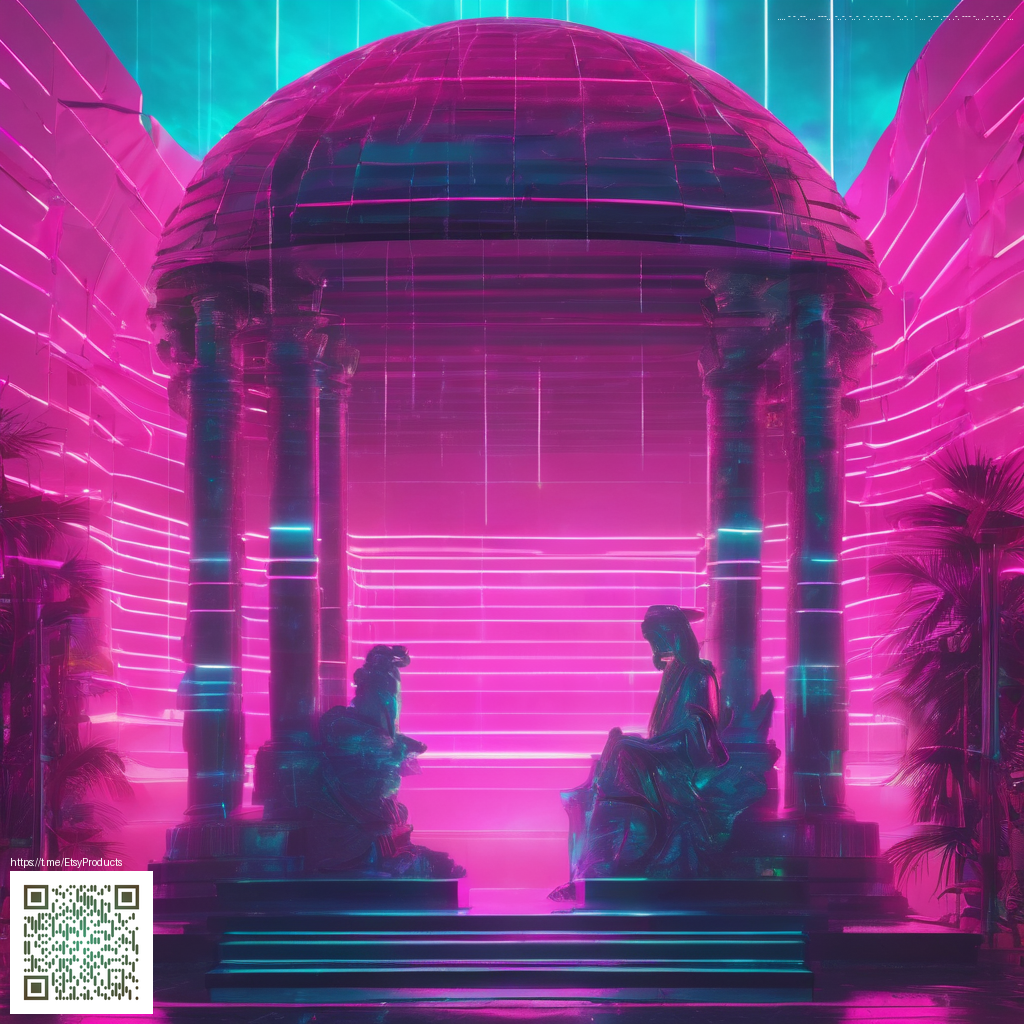
Nostalgia as a Driving Force in Paper Mario The Thousand Year Door Community
The moment you fire up a classic Paper Mario experience on a CRT or modern display, you enter a memory lane that many fans treat as more than just a game loop. The Thousand Year Door blends clever humor, clever puzzles, and a tightly tuned turn based system into a package that feels timeless even as time marches on. Players return not only for the plot twists and bright visuals but for a design philosophy that treats each battle like a tiny, whimsical skit in a bigger story. That mix is a magnet for nostalgia that still fuels day one playthroughs and long tail discussion on forums and streams.
From a gameplay perspective the title excels in making strengths feel earned. The core combat system rewards precise timing through action prompts that pop up in rhythm with your turns. The badge system adds a high ceiling for experimentation, inviting players to optimize for different party compositions and score chases. Beyond combat the exploration stream encourages poking into every nook of its paper crafted world, uncovering secrets that sparkle with humor and color. Even today the balance between accessibility and depth holds up, offering fresh routes for seasoned veterans while welcoming newcomers who adore a story that treats its world with cheeky reverence.
What keeps the community buzzing is not just the nostalgia trip but the way the game invites creative interpretation. Players recreate favorite moments on video, craft fan art that plays with the paper cutout aesthetic, and debate which puzzle solution was the cleanest or most punny. Streams and retrospective videos mine the game’s writing for clever lines, and the fandom often revisits the first time they discovered a hidden badge or a clever dungeon gimmick. That shared memory becomes a social glue that makes revisits feel like reunions rather than mere reruns 💠
Community insights that shape ongoing conversations
Long time fans bring a treasure trove of memories about how the game blended lighthearted comedy with genuine RPG hooks. The community tends to celebrate the writing as a standout feature that still lands jokes with surprising timing. New players discover these threads through modern retrospectives, which often frame the game as a turning point for how humor and heart can coexist with strategic depth. The result is a living dialogue about design that continues to influence indie RPG creators and fans who crave character driven adventures 🌑.
Another pillar is the ecosystem around accessibility and preservation. Witty playthrough guides, translated fan wikis, and community run festivals of speed runs keep interest vibrant. People swap tips on memory efficient ways to emulate, or how to stretch a GameCube era title across modern hardware without losing the soul of the original. This collaborative culture keeps the game relevant, turning nostalgia into a practical toolkit for new generations who want to study classic design while enjoying its charm in contemporary contexts.
Update coverage and the evolution of how we experience classics
Even as a vintage title, it remains part of a broader conversation about how games age and what fans expect from updates. The community tracks emulation improvements, resolutions and aspect ratio enhancements, and fan driven patches that polish the user experience without erasing the original feel. While there are no official patches that redefine the game, the collective work of dedicated fans offers smoother framerates, more legible UI in modern displays, and accessible save states that make revisits less daunting for newcomers. This ongoing work demonstrates how nostalgia can drive technical curiosity as well as emotional attachment.
In parallel, modding culture around classic RPGs thrives on respectful experimentation. Enthusiasts test texture packs that improve readability without compromising the game’s paper art aesthetic and explore tiny gameplay tweaks that appeal to modern sensibilities. The conversation also extends to speed running and routing where players share optimized paths through dungeons, revealing how the same game can feel radically different when approached with fresh strategies. The net effect is a dynamic dialogue between past and present that respects the original while welcoming new discovery.
Developer commentary and the design philosophy that endures
Official commentary from the teams involved remains a touchstone for fans who want to learn why the game feels so cohesive. The development approach behind this title emphasizes storytelling tempo, a playful yet precise battle cadence, and a world that rewards curiosity. Fans interpret these design choices as a blueprint for how to balance whimsy with structure, and this interpretation often informs how they discuss potential future projects. The enduring respect for the game’s craft helps new players appreciate the work that went into balancing humor with meaningful RPG progression.
Ultimately the pull of nostalgia is not simply about longing for the past. It is about a shared sense of discovery that happens when a game invites you to explore a living world with a personality all its own. Fans continually unpack why certain moments land so hard and how the game manages to feel both approachable and richly deep. That combination keeps communities thriving and makes revisiting the title a ritual rather than a release date memory.
Support the ongoing growth of this vibrant scene through community focused channels and decentralized funding models that emphasize resilience and inclusion. Your backing helps sustain fan led initiatives, preservation efforts, and fresh interpretation that honors the original while inviting new players to fall in love all over again.
Support the Community via Decentralized Giving